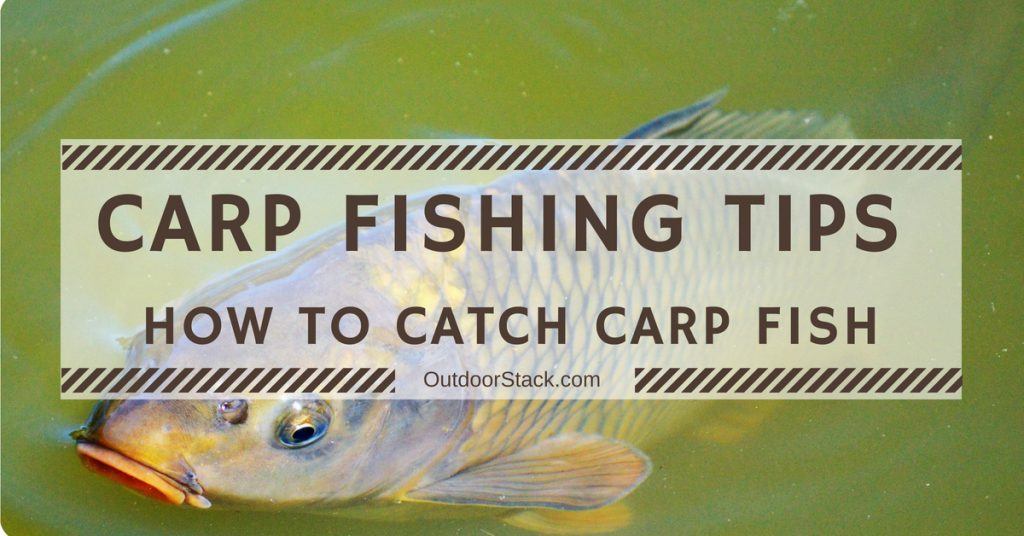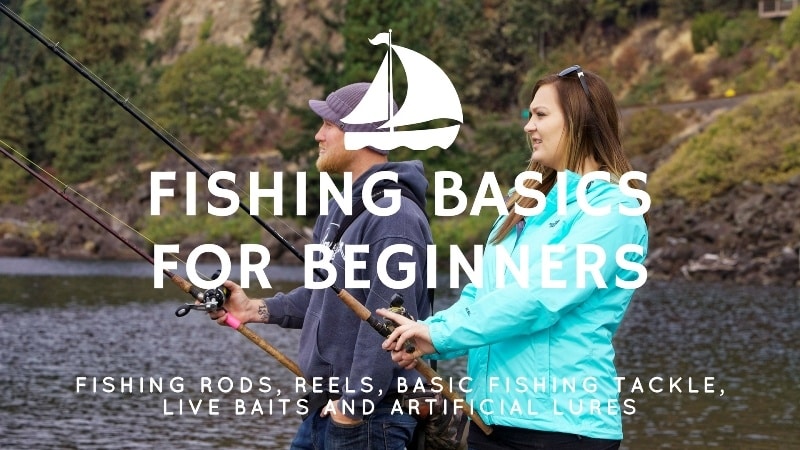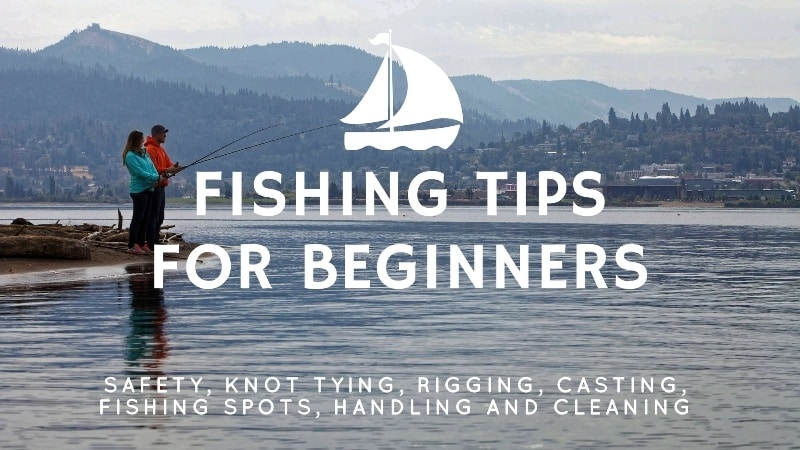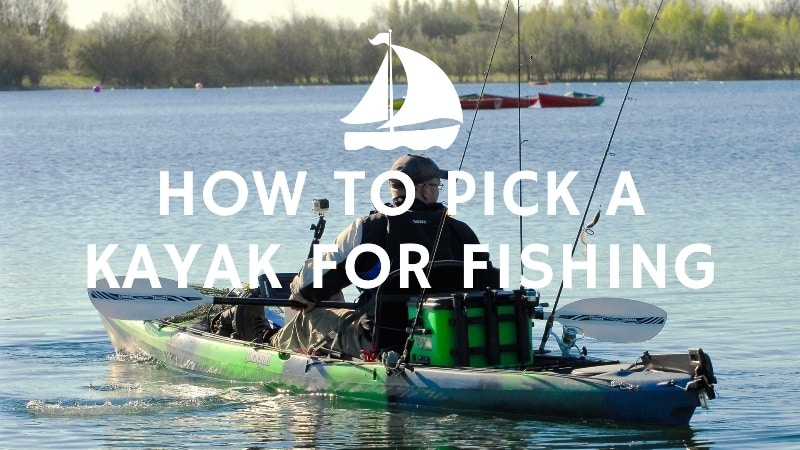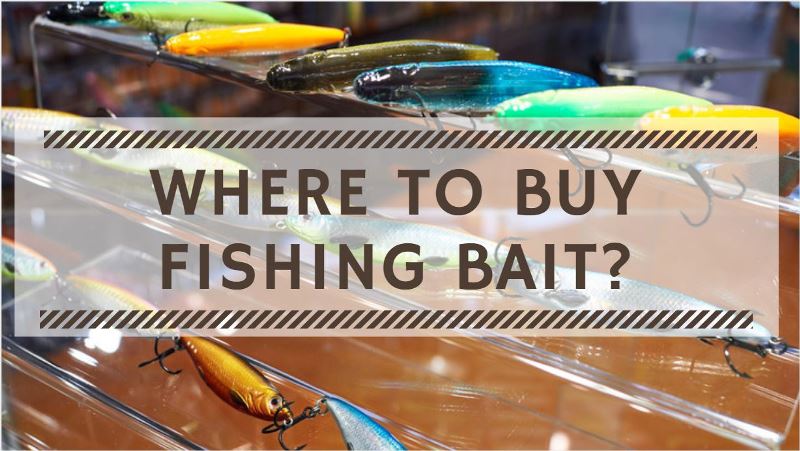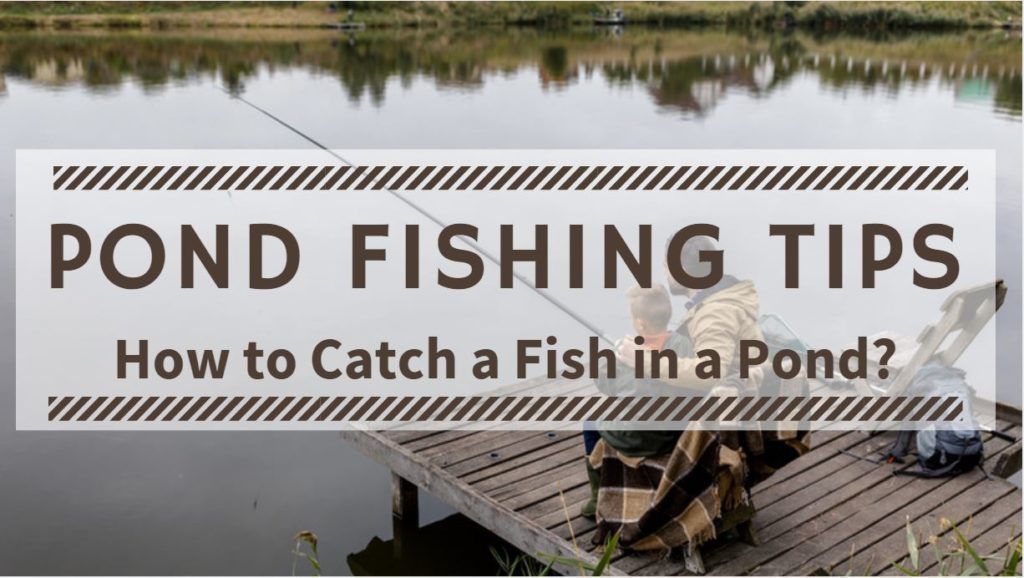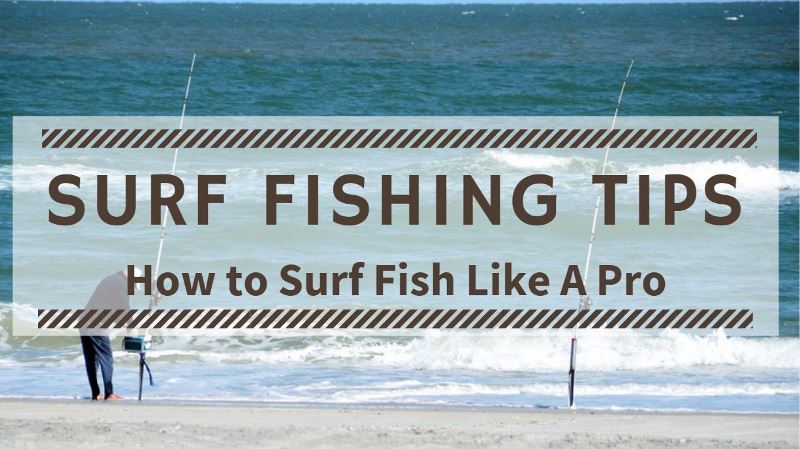Welcome to our section on Carp Fishing Tips for Beginners. We have compiled these carp fishing tips to help you learn how to catch carp fish. First, we will discuss the character traits of the carp, and then the equipment you will need, followed by the technique you ought to apply.
‘Carp’ refers to a number of species in the Cyprinidae family. They are mostly larger fish, and they live in freshwater. Carp can be found on virtually all continents since being imported from Asia and Europe. The United States introduced carp to its waters in 1877 in order to boost food security.
The most common types of carp include the Common Carp, Silver Carp, Bighead Carp, Grass Carp, Catla Carp, Crucian Carp, Black Carp, Mrigal Carp, and lastly the Mud Carp. Carps are mostly caught as game fish.
In this guide, we will cover these Carp Fishing Tips & Tricks:
- What do You Need for Carp Fishing
- What Bait to Use for Carp
- What do Carp Eat
- Where to Find Carp
- How to Catch Carp Fish – How to Cast and Retrieve
- Carp Fishing Tricks for Beginners
What do You Need for Carp Fishing
Carp are incredibly strong fighters and very intelligent. They are known to be the most line-shy of all fish. Your choice of equipment should, therefore, match the weight and fight of the fish.
Fishing Rod
One thing you should note about carp is their weight. They grow up to an average of 27 kg. This tells you that low-quality or ultralight fishing rods may not work since these may shatter under the weight of the carp. The most preferable is a top-rated freshwater rod 4-6 pounds in weight.
You can pick one from our list of the Best Walleye Fishing Rods. Choose a composite, e-glass, or carbon fiber rod which can adequately tolerate the weight. It will be strong enough to fight a big carp. While choosing the rod, also consider the type of water you will be frequenting. You can start with a medium-action rod about 3.5 m in length.
Hooks
Carp fishing hooks should be smaller than the #10 size. They should also be sharp and sticky. Carp are known to nibble at the bait before taking the whole of it in their mouth.
Carp fish are able to see big hooks, so they avoid them for fear of their lives. You can purchase barbed hooks that are able to keep the fish on the line.
Fishing Reel
Carp are mainly caught through still fishing, either with bottom rigs or sliding floats. They are known to get extremely spooked once they get hooked. This is followed by an incredibly powerful run that may make you lose your rod if your drag is too tight.
You should choose a reel in the ’40s, 50s, or 60s series that has a dual drag system (i.e. the standard drag system and a bait runner drag). If you are planning to fish for Steelhead, you can check our guide on Best Baitcasting Reel for Steelhead Fishing to help you pick a suitable baitcaster.
Fishing Tackle
To improve your carp fishing experience and efficiency on the water, consider having the following specialized tackle:
- Bait stops – for preventing the bait from coming off the hair rig
- Landing mat – for preventing injury to the carp once landed
- Baiting needle – for rigging bait onto hair rigs
- Catapult/ Throwing spoon – for propelling the bait a longer distance
- Rod holders – for mounting your array of rods, if you are using more than one
- Scale – for weighing your carp. You never know when or if you may catch a record size carp.
- Landing net – for catching carp once hooked
- Safety gear such as an inflatable life vest, fishing waders, umbrella, and a fishing rain suit
- Miscellaneous items such as a fishing sling pack, folding chairs, camera, sunscreen, food, drinks, etc. all geared towards improving your comfort on the lakeshore or riverbank.
Fishing Line
The fishing line for Carp should be of high quality. Carp require less drag resistance compared to other fish. A super-braid or copolymer line will serve you well. You can check out the Best Copolymer Fishing Line as per our reviews, You may also want to try a 40-foot monofilament shock leader which will give the line some stretch.
What Bait to Use for Carp
Once you have the right equipment at hand, your arsenal will not be complete without the correct bait. Let us see what type of bait works best for carp fishing, and which baits to avoid.
The best bait to start with is corn. Carp like the color, texture, and flavor of corn. They prefer sweet corn out of the can to corn off a cob. This is because of the flavors and additives found in canned corn which includes sugars, salts, and critical amino acids. The bright color of the corn is also a good attractor to carp.
The next bait to consider is boilies. These are fishing baits made of milk proteins, fish proteins, grains, and eggs. They serve as a good alternative to corn.
You can also consider artificial lures. Note that carp are not easy fish to catch on artificials. You should know how to work with your artificial lure. Try small lures that look like a small bug or worm, made of soft plastic. Attach the artificial lures to a heavy jig head and move it up and down near the bottom of the lake or river.
Generally, carp are opportunistic feeders. They get accustomed to almost any food source, especially those designed for human consumption. You can, therefore, try other junk foods like bread, chips, crackers, fries, hemp, tiger nuts, or popcorn. Small fruits like cherry tomatoes and chickpeas are also a fine choice.
What do Carp Eat
Their diet is largely similar across all these species. Carp mainly eat aquatic plants and insects. They are bottom feeders. Carps normally hang out at the bottom of the lake to search for aquatic vertebrates such as crayfish and zebra mussels.
Carps can grow up to 6 pounds a year if they have an abundant food source.
In a period of one year, a female carp produces close to one million eggs. These eggs are, however, vulnerable to predators, bacteria, and fungi, so don’t be surprised at their relatively low populations.
Being native to Europe and Asia, some countries have found carp to be an invasive species. They have the capability of spreading to a degree deemed harmful to the environment. More specifically, they promote rapid algae growth by excreting partially digested food.
Where to Find Carp
You must know where to look for carp, so as to increase your chances of catching your very first one. Carp prefer still water. They can however also be found in canal systems and rivers.
The ideal area will be filled with vegetation. Carps hang around such plants as they feed on them, as well as on insects and other animals that feed on these plants.
On hot sunny days, look for carp in shallow water. During cold weather, they’ll be hanging around in the deeper water. As I said before, carp prefer still water. You will, therefore, want to look for them in areas of slow-moving water or standing water. This usually means freshwater lakes, rivers, or ponds.
It is said that carp expend more energy in rivers with stronger currents. This causes them to feed more frequently in order to keep up with their energy needs. They will, therefore, hang around areas with a consistent food supply. This can be either the inlet or outlet of the lake.
Carp, like other fish, prefer places where there is some kind of structure that provides protection. These may include overhanging tree branches, submerged logs, or weed patches. You may consider a small gap between two bushes.
Another spot not to miss is anywhere you have duck or geese. Carp normally follow ducks so as to have a share of what they are being fed by humans. They will gladly snack on some bread meal being fed to the ducks.
Time-wise, the best would be early morning or late evening, when the fish come out to feed. You can catch carp any time of the year, though their behavior changes slightly with the season. Carp are known to be most active during summer.
How to Catch Carp Fish
Cast for Carp
Now you are ready to cast your line using the Best Baitcasting Reel Under 200. Attach your weights close enough to the float to enable you to cast the line with ease. The first thing you should note is that carp get scared quite easily. Do not cast directly on top of a school of carp feeding. Instead, cast slightly ahead of them in the current, so they swim onto it whilst they are feeding.
Once you have cast the line, sit back, and carefully watch your float. Remember that carp are intelligent fish and may not take the whole bait at once. In fact, they may even eat around your hook and finish the entire bait without being hooked. You will, therefore, have to exercise a bit of patience and skill to make your first catch.
Monitor the Float
Keep a constant eye on the float. If you notice it bobbing up and down, this may be a sign that a carp is around your bait. If the float is quickly submerged, a carp is probably hooked. But, if the float lifts out of the water, you know that the carp is intelligently eating around your bait.
In this case, immediately lift the float out of the water, and jerk back your arm in a quick steady motion to secure the hook into the mouth of the fish. This is achieved by holding the fishing rod tightly and pulling it smoothly in an upward direction.
Start reeling in if you feel the weight of the fish at the end of the line. You won’t always hook the carp using this method, so be ready to make a number of attempts.
Retrieve the Carp
If you have hooked the carp, do not get it out of the water immediately. First, let it tire itself out. You can do this by pulling the fish downstream. This makes it fight the current as it struggles to swim upstream. The result is a tired fish, which will be easier to get out of the water.
Do not use your bare hands to lift the carp out of the water. Make sure you have a net for grabbing the carp. Place this net under the carp. Put one hand under the belly and the other on the tail. Wearing gloves will save you from being cut by the fins.
The carp may still put in its last fight once it’s out of the water. Hold them firmly to avoid losing your catch. You may want to cover the eyes with a wet dark cloth as you remove the hook.
Carp Fishing Tricks
A good way to start carp fishing is to start with a chumming campaign. Once you identify a prolific fishing spot for carp, throw in about 1 kg of the bait you intend to be fishing with. Do this for about 4 or 5 days, around the same time each day. You may keep it constant at 16:00 every evening.
On D-day, return to the same spot, this time with some bait on your line. You can imagine how many carp you will be able to catch! Once the carp find that spot with a reliable food source, they are most likely to return to feed.
Consider using quality fishing equipment. Once a carp is hooked, it gets spooked and darts away at high speed. This bends your rod almost in half. Your rush of adrenaline may cause you to break your rod, reel, or line. But top-quality fishing equipment such as the Best Shimano Baitcaster may save you.
You should also have a minimum of 300 feet of line on your spool, with a looser drag setting than that used for other fish. You will notice that carp will often take cover in rock piles, logs, or weed beds. A rod specifically for carp fishing may not help you fight the fish once it hides in such places. It is then your line that becomes vital.
Conclusion
In summary, carp fishing requires you to first understand their behavior and habitat. The next step is to find the right equipment and bait for catching carp. Finally, employ the right technique of casting and you will be sure to make a catch.
We hope it has been a great read so far. Did you find the guide useful? Did you enjoy reading the carp fishing tips and tricks? Please share your feelings in the comment section below.
Last Updated on May 15, 2025 by Victor Mays
